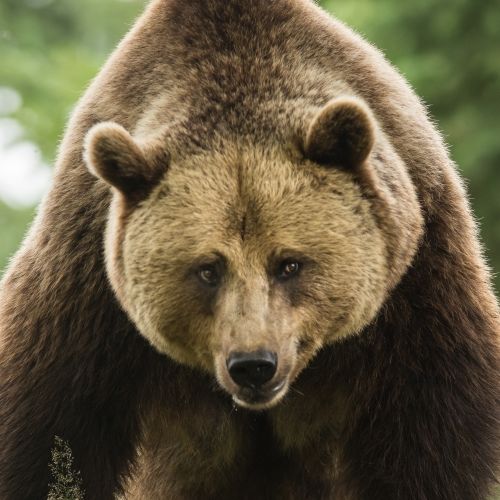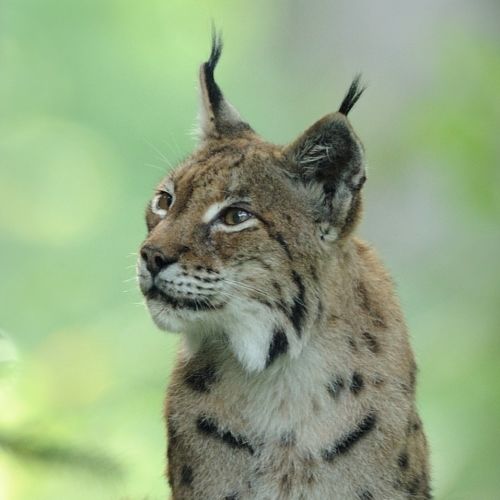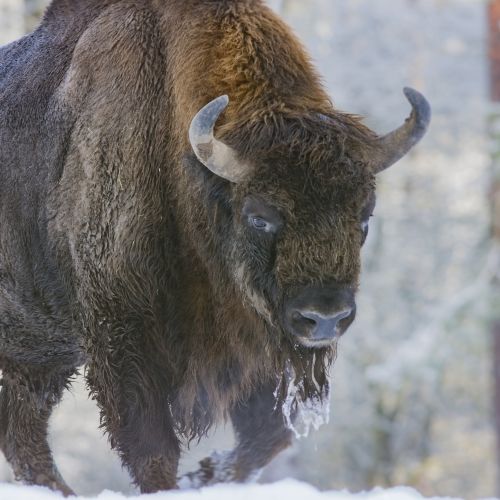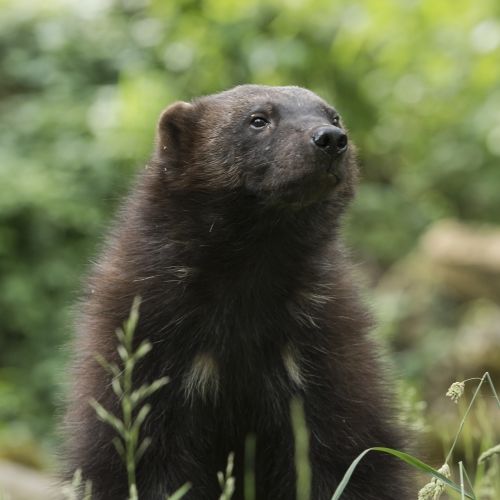The Przewalski's horse
The grey-blue sky has merged with the vibrant green of the grasslands. The sun seems to be mischievously playing hide-and-seek between the aimlessly drifting clouds and sheds a timid light on the yellow buttercups carpeting the meadows. In this vast ocean of green with tender leaves dancing in the wind, the horse enjoying a spirited gallop, its dark mane floating wildly in the wind. It is a fast and powerful animal. Simply watching it gallop through the prairies is a rare privilege and one that procures you an incredible feeling of freedom...
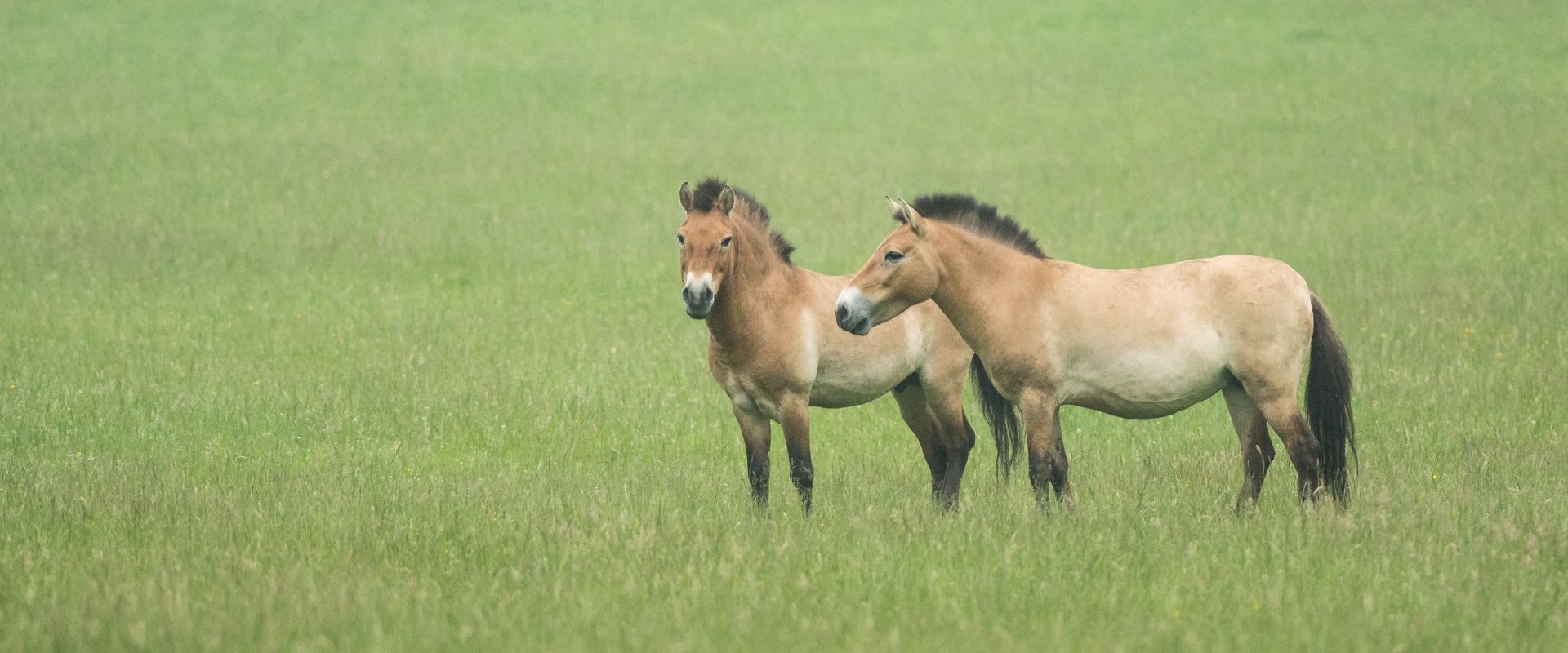
The last wild horse on the planet
Originally from Mongolia, Przewalski's horse is the last feral horse and has never been tamed or domesticated by mankind. It is named after the Russian army officer who discovered the last specimens of this race in Mongolia in 1879. The species is extinct in the wild and has survived in captivity. Nowadays, it is gradually being reintroduced back to its natural habitat.
The Przewalski horse is an astonishingly sturdy animal, capable of surviving extreme conditions, very hot or cold temperatures, and can survive with very little food. It is strong and extremely fast, which enables it to either escape its predators or fight them. Its kick is a formidable weapon.
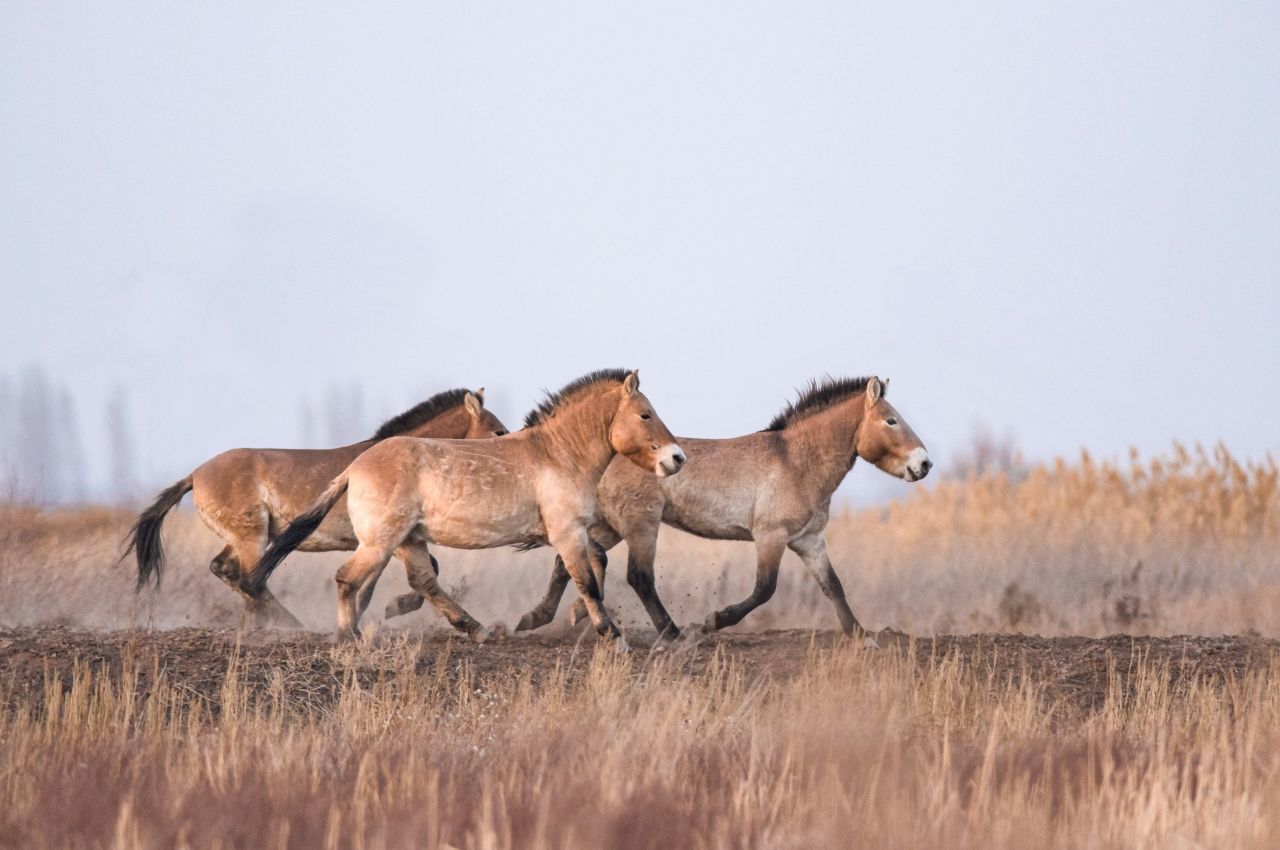
Social life
The Przewalski horse is a gregarious animal that lives in herds. The group is composed of mares and their foals and is led by a stud. When they reach adolescence, the young males are chased away from the herd and then form herds of their own to improve their chances of survival. As a single horse, they would be an easy prey for wolves.
After mating, the female gives birth to a single foal after an 11 month gestation period.
Did you know that?
Compared to the modern horse, the Przewalski's horse has an extra pair of chromosomes.
It is thought that the Przewalkski's horse is a prehistoric animal. Many prehistoric cave drawings look as if they are depicting Przewalski's horses....
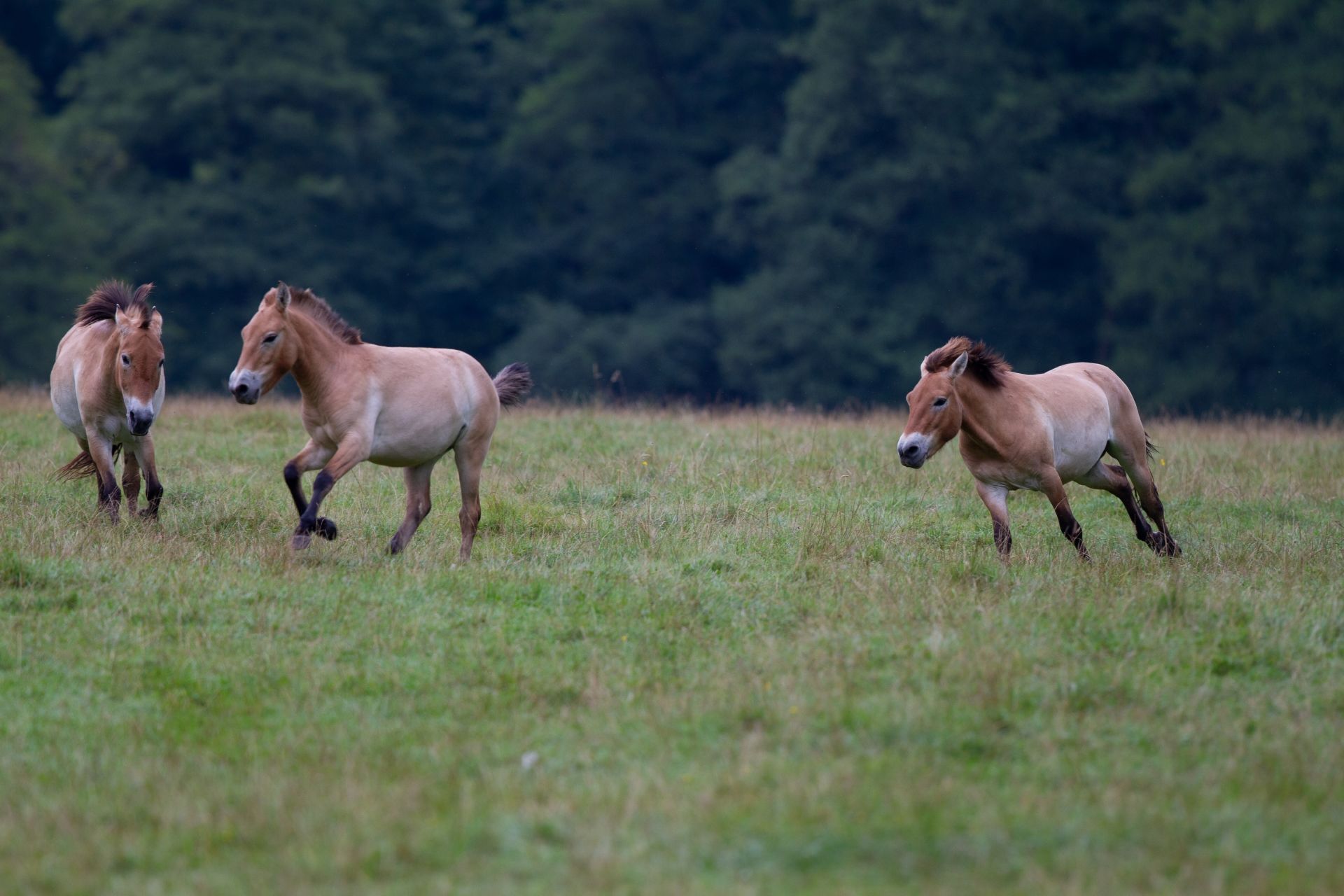
Discover the European Big 5
The bison, the wolverine, the wolf, the lynx and the brown bear
